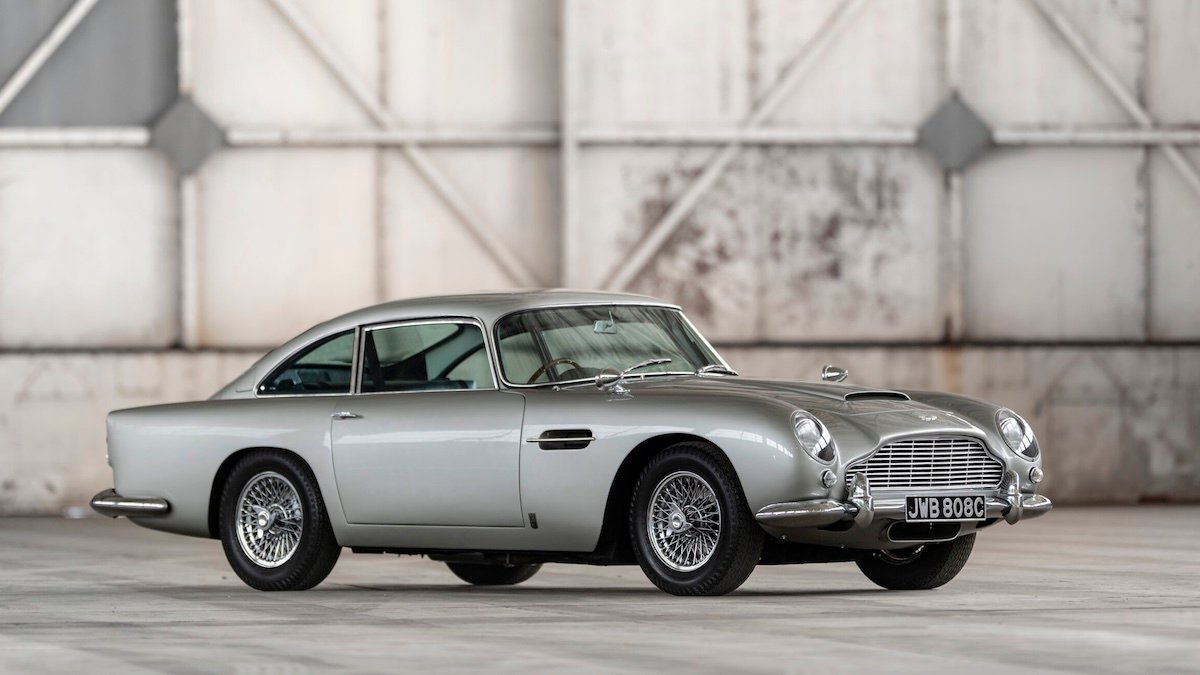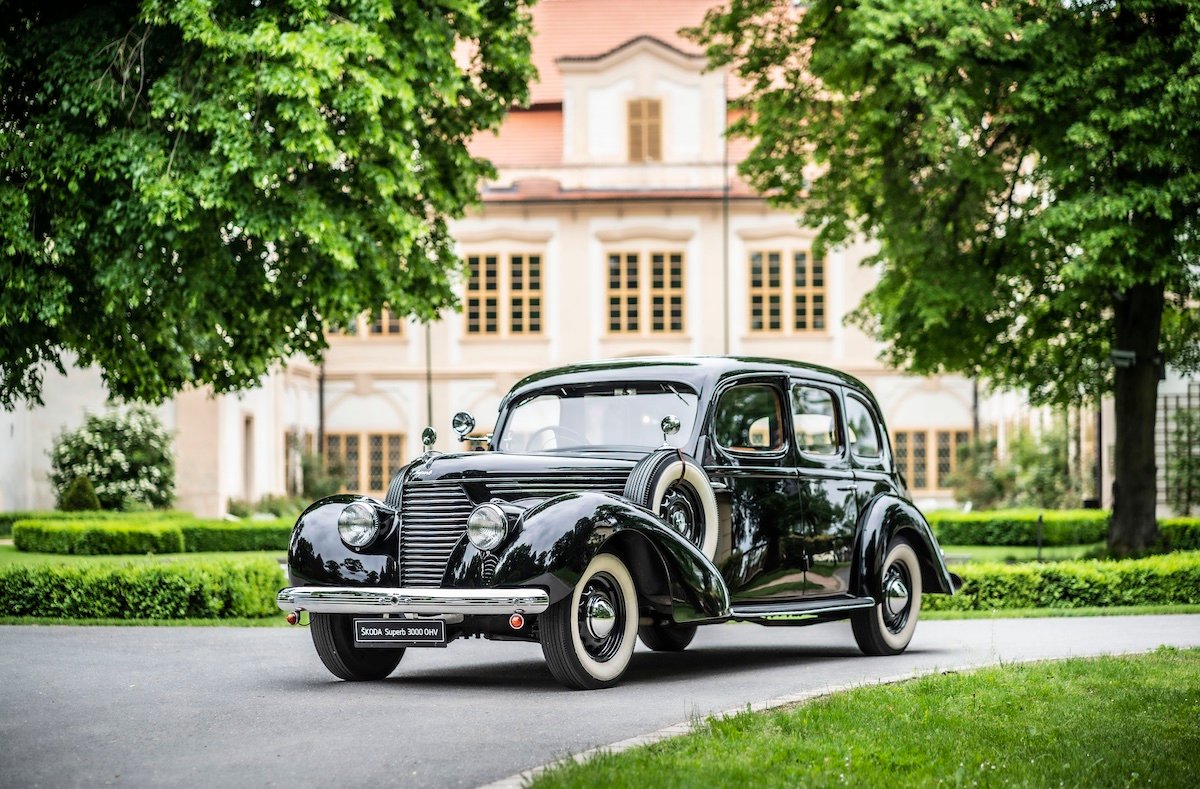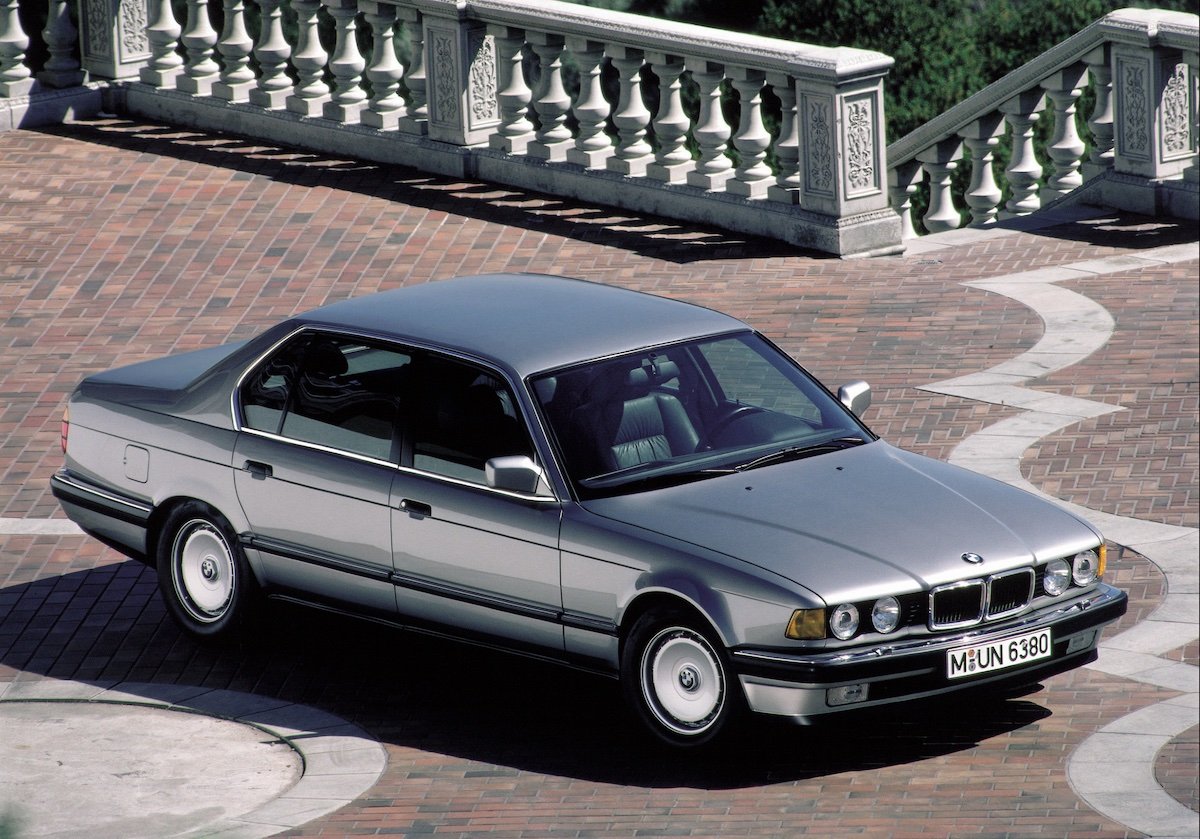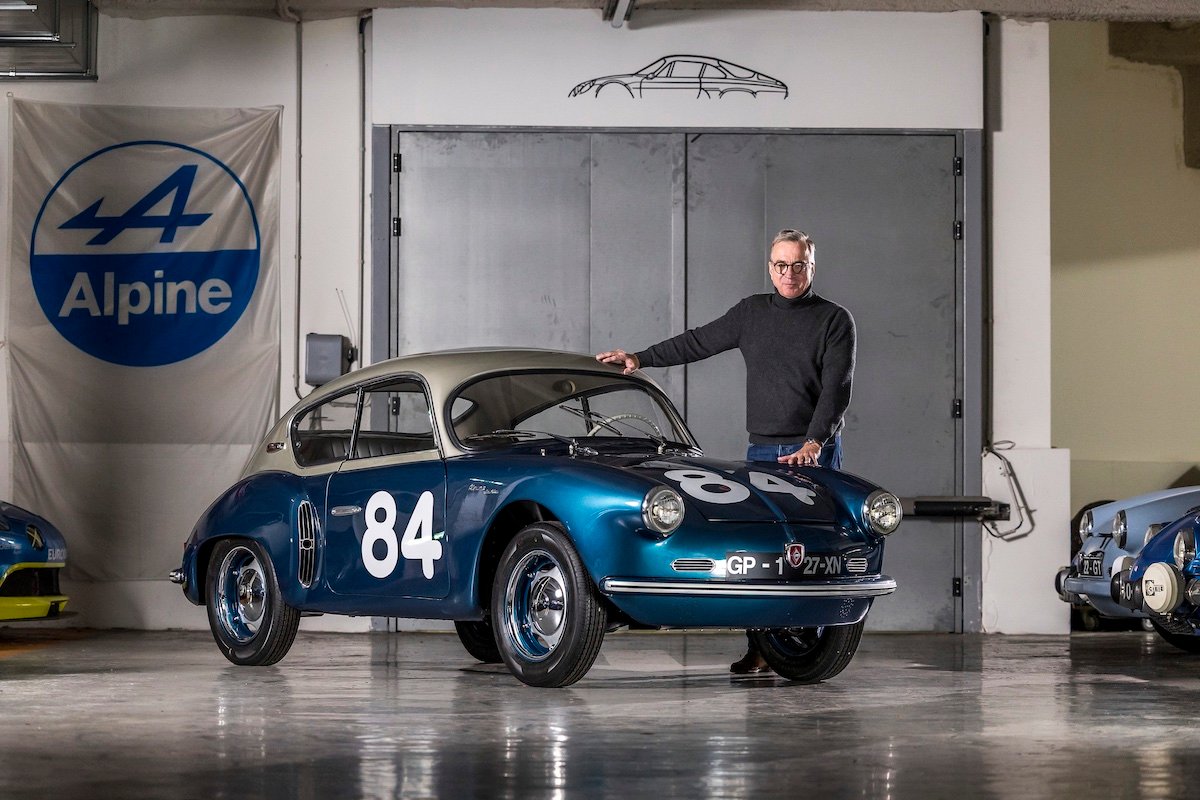Retro Rides Presents VW Beetle: How To Spot An ‘Early’ From a ‘Late’ or a ‘Super’.
Glenn Torrens•4 November, 2024
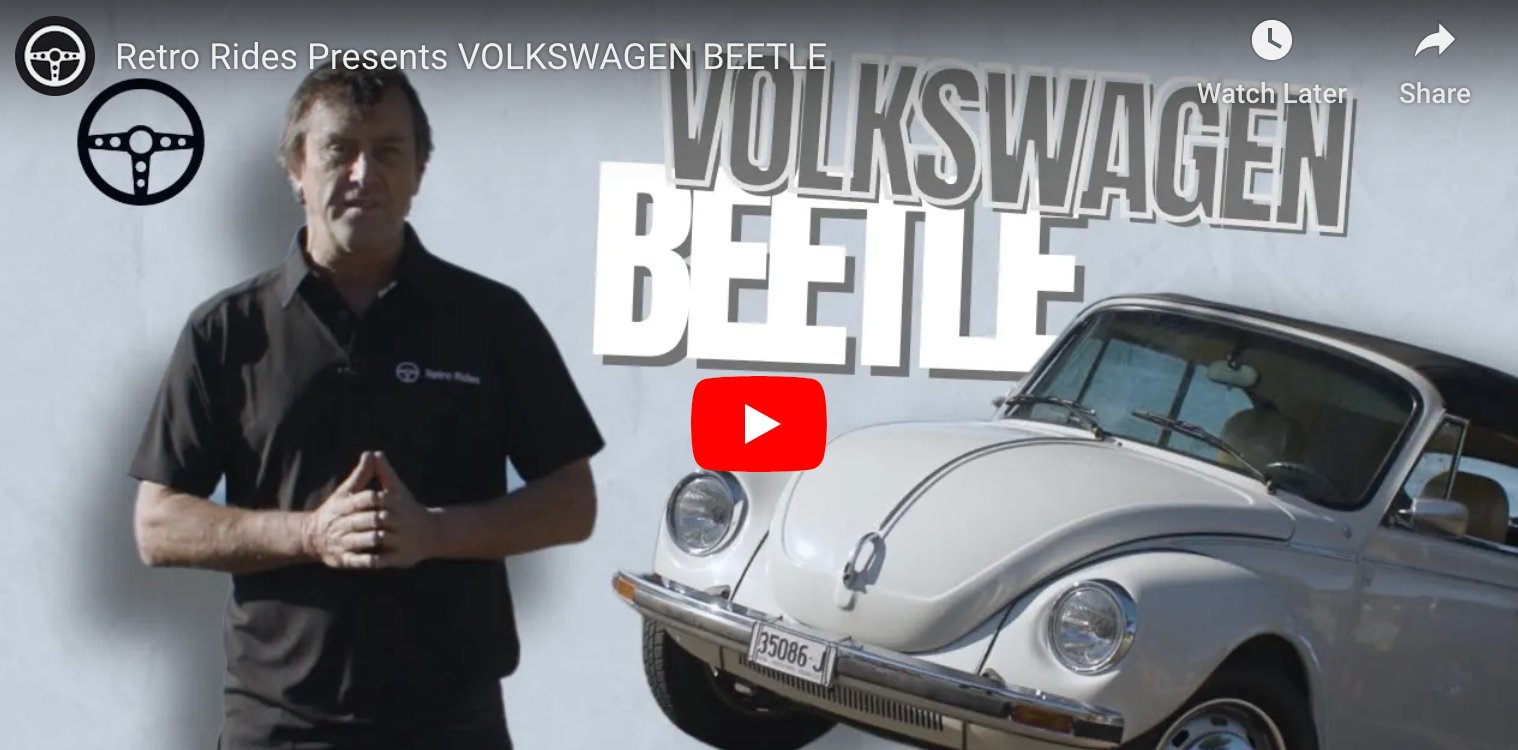
The Volkswagen Beetle remained the same for decades… or did it? Here’s your crash course in the Beetle family tree, including how to spot an ‘Early’ from a ‘Late’ or a ‘Super’.
To the untrained eye the Volkswagen Beetle looks to have gone years, decades even without significant change. But looks can be deceiving, and beneath the Beetle’s familiar curves regular engineering updates and design evolutions meant there were just as many detail differences as there are similarities.
From an Aussie perspective, Beetles can be roughly divided into three groups. The earliest cars are those made prior to 1968 and feature layback Herbie-style headlights. From 1954 to 1956 this Beetle generation adopted a small oval-shaped rear window, tiny tail lights and flip-out semaphore type indicators in the B pillars. By the early 1960s the small taillights were replaced by larger units with inbuilt indicators, and the side-mount semaphores were replaced by flashing indicators on the front guards.

Volkswagen Beetle 1954
Under the skin was old-tech king-and-link-pin suspension, front drum brakes and distinctive five-stud wheels. The engines in these grew from the 1100cc unit of the mid-50s, to 1200cc and then 1300cc by the mid-1960s. The gearbox was also upgraded as the years went by.
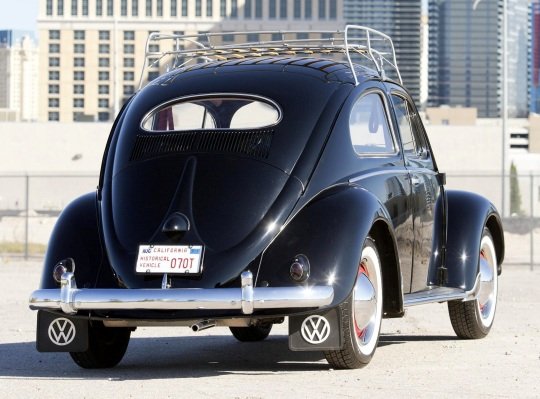
Volkswagen Beetle 1954
The list of options available on these Bugs – in fact on any Bug – was quite short and was mainly restricted to body colour.
By 1962 a cheaper model Beetle arrived that cut the price by offering more basic interior trim, an open glovebox in lieu of a lidded item, and painted hubcaps and bumpers instead of chrome.
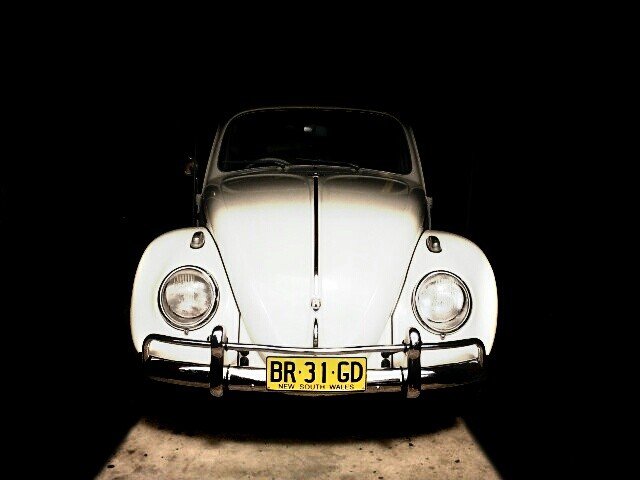
1962 Volkswagen Beetle
After 1968, in line with the change from Australian-made components to kits imported from Germany, the Beetle received a huge update in the form of an enlarged 1500cc motor, plus improvements like stronger door latches, superior ball-joint suspension and front disc brakes. There was also the inclusion of a semi-automatic transmission option, a three-speed unit that required the driver to shift gears but which didn’t feature a manually-operated clutch.
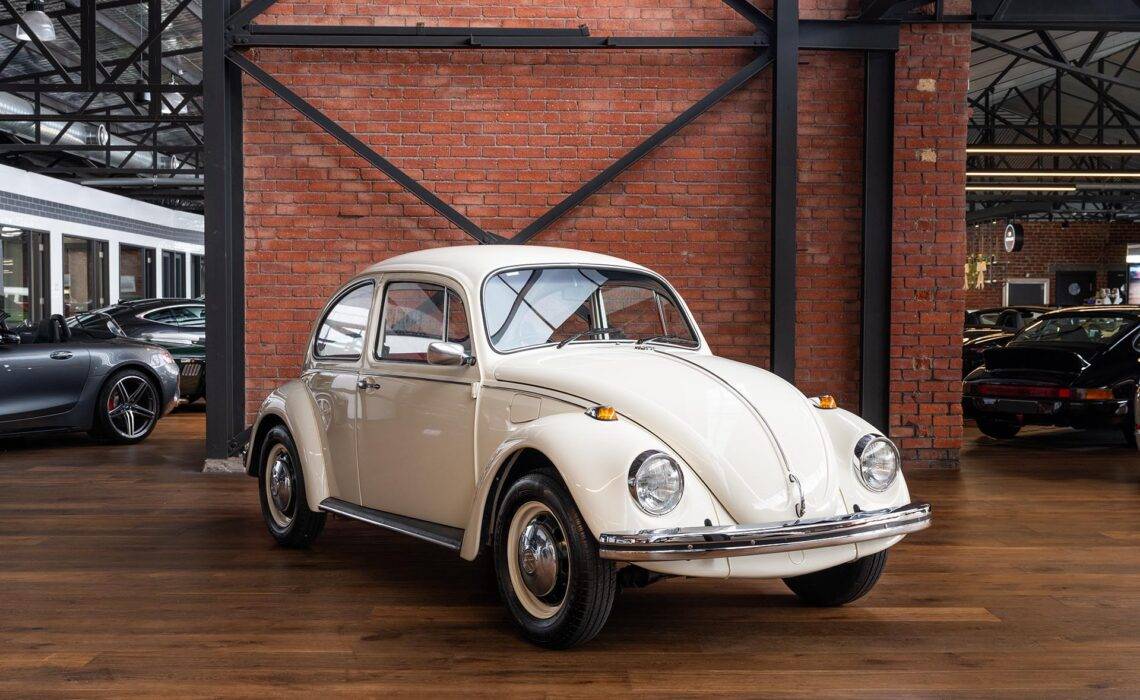
Volkswagen Beetle 1968
These ‘late’ cars had more power and were notably better to drive, as well as being more durable and easier to maintain. Visually, they had more upright headlights, larger tail lights and squarer bumpers. They boasted safety and comfort improvements, too, including the addition of seat belts and front seat latches that prevented the older models’ nasty habit of allowing the seats to fly forward under heavy braking – or in a crash.
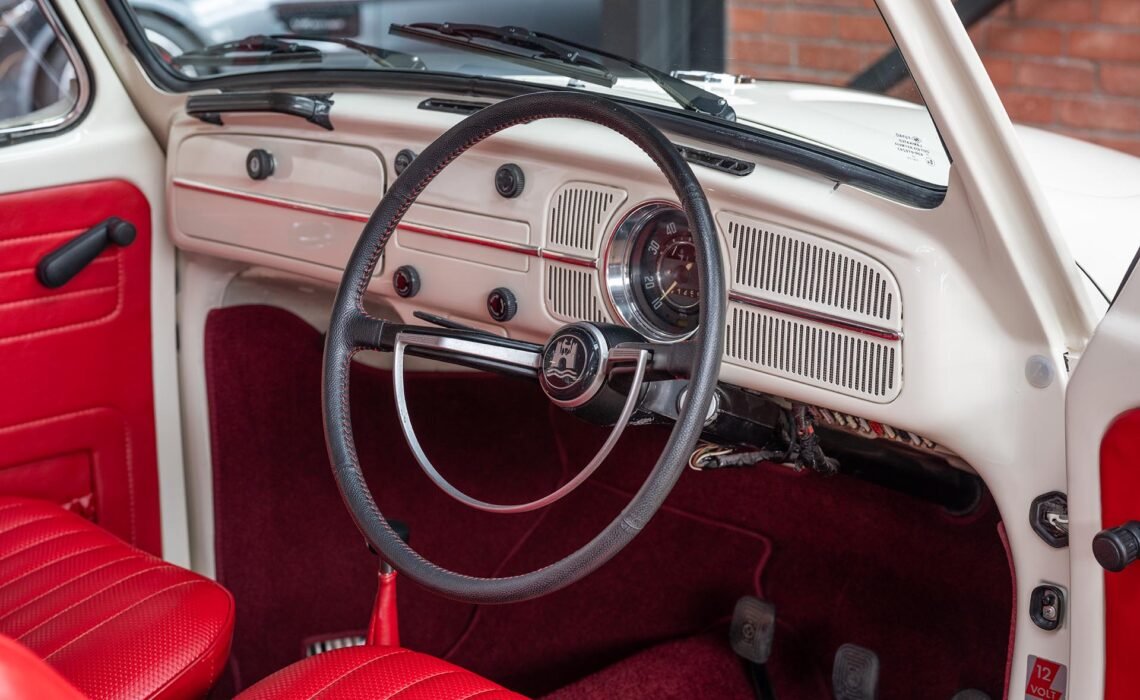
1968 Beetle Interior
Just to confuse would-be train spotters, there’s also a subset of the ‘late’ cars dubbed ‘Super Beetles’ which arrived in 1971. The Supers featured a bigger 1.6-litre engine and redesigned suspension using coil-sprung McPherson struts up front and more predictable trailing-arms at the rear. Other changes included a wider front body and boot lid, and vents in the engine lid.
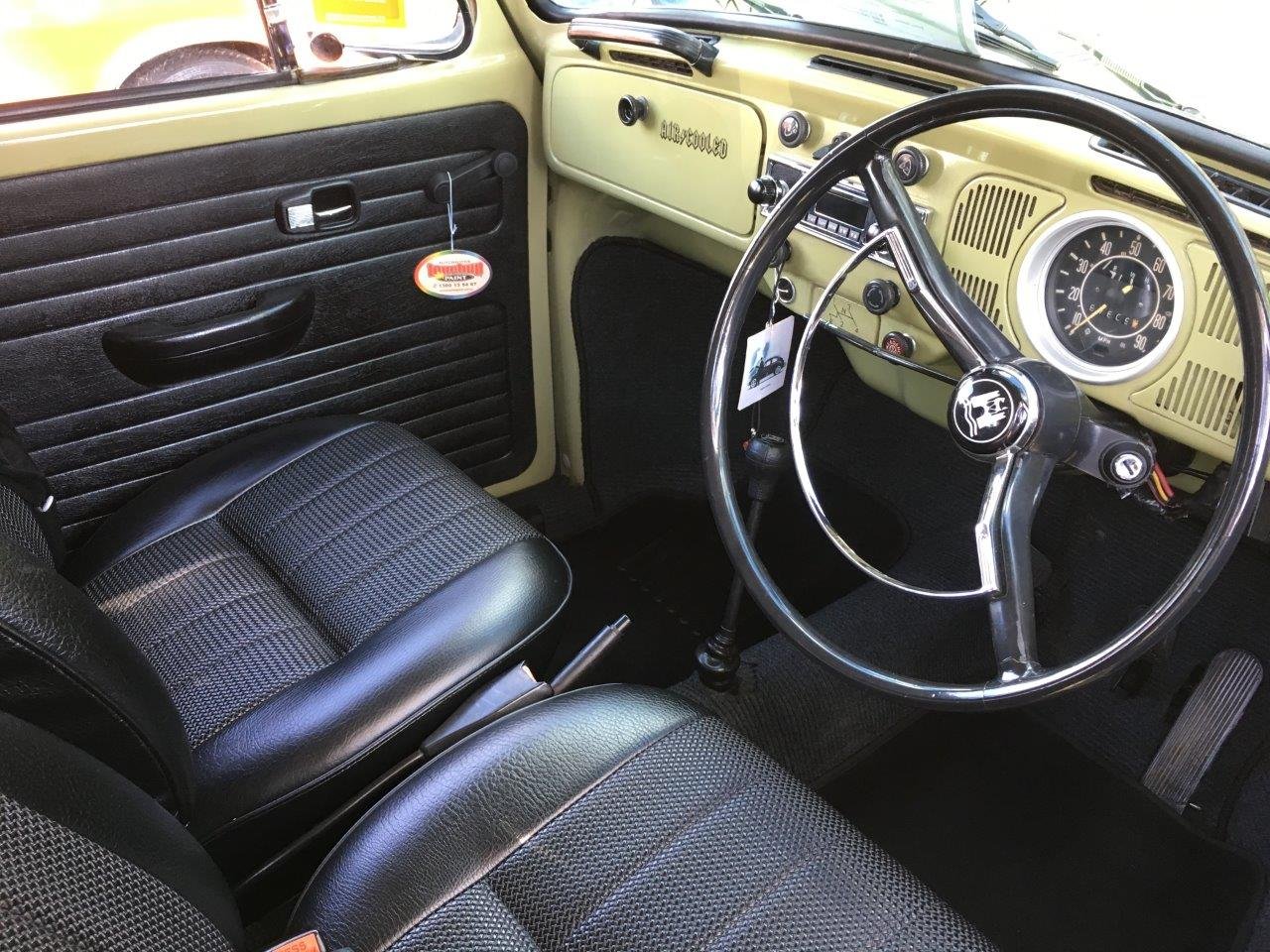
1971 Beetle Interior
Volkswagen couldn’t help but continue to tinker with the Beetle formula, however, and the 1971 model features two engine lid vents while the 1972 model adopted a new four vent design to help keep the more powerful engine cool.
The older model Beetle continued to sell alongside the ‘Supers’ as an entry-level car for another three years after the former’s launch. These models were badged ‘1300’ to indicate their smaller engine capacity.
Strengthening safety requirements saw both models fitted with high-back front seats and the luxury of flow-through ventilation courtesy of quarter-moon vents behind the rear side windows. The 1300 also reverted to drum front brakes at this time.
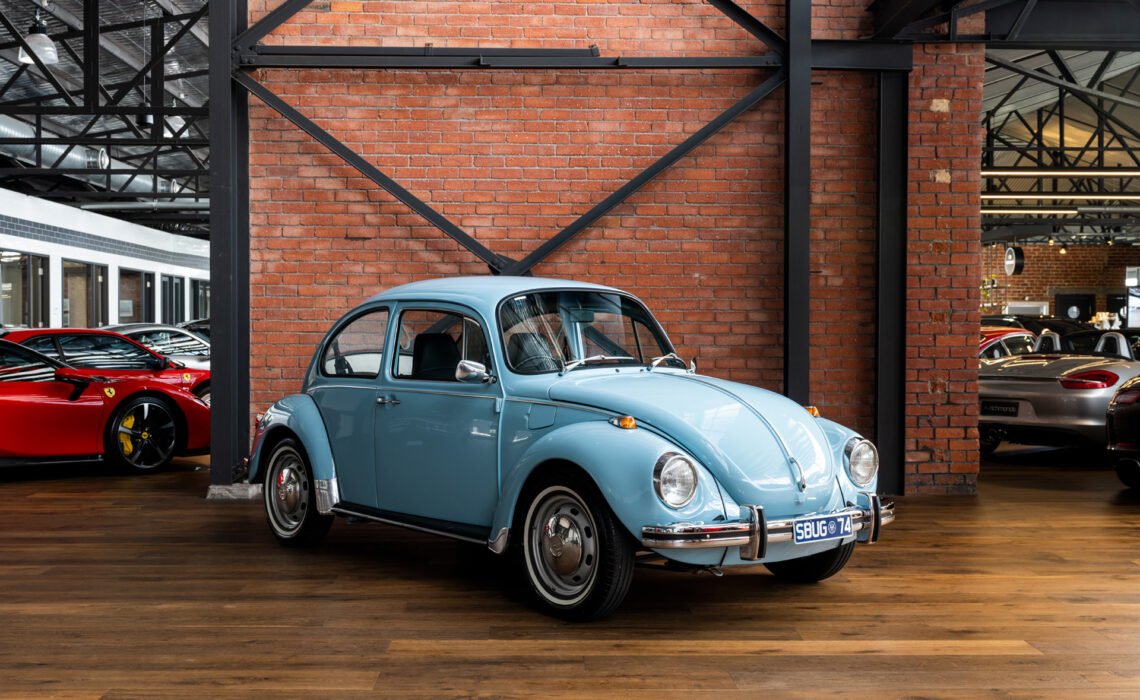
Volkswagen Beetle 1974
From 1973, the Super’s wider front body gained a larger, more rounded windscreen, while at the rear were even larger plastic-bodied taillights, and the interior adopted a moulded energy-absorbing dash. In 1975, the Super adopted more precise rack-and-pinion steering and the 1300 model was discontinued.
The last Aussie-assembled Beetle made in 1976 was a one-spec parts-bin special. It was a confusing step backward in tech, using the 1972-74 ‘narrow nose’ 1300 body but with the Super’s 1.6-litre engine and rear suspension.
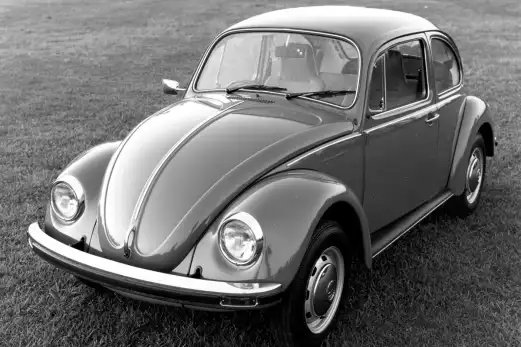
Volkswagen Beetle 1976
Apart from a few special dealer-imports the 1960s convertible and sunroof Bugs were never sold in Australia. An educated guess suggests that several dozen of each found their way onto Aussie roads via private imports from countries including England, Italy, Japan and the USA, specifically California. A small number of Karmann Ghia coupes and drop-tops are also estimated to have arrived here via similar means.
Glenn Torrens

Get The Latest
Sign up for the latest in retro rides, from stories of restoration to community happenings.
 '1972â73 1-1024x675.jpg)
